
Reverse Osmosis (RO) systems have become extremely popular with homeowners because they are the most cost-effective and efficient way of purifying drinking water. Furthermore, they offer many health benefits. However, maintaining the unit is crucial to ensure its optimal performance. If you think that the water flow in your reverse osmosis system is slower than before, then there are a few things that you may need to check. Several factors can be responsible for the slowing of the water flow from your RO filter. Read on to learn more about them so that you can make an informed decision.
Why is Your RO Water Flow Slow
Clogged RO Membrane
The membrane in your reverse osmosis drinking system is fragile and can quickly get fouled if you do not replace it at the right time. It is best to replace the membrane every 24 months. However, it can get dirty if you do not take proper care, causing the water to flow slowly.
Tank Pressure May Be Low
RO tanks ideally have a tank pressure of 7-8 psi without any water in the tank. You can check the reverse osmosis tank pressure yourself. To examine this, first, locate the valve. Typically, you will find it on the side of the tank near the bottom. Remove all the water from the tank and use a gauge to check the RO water tank pressure.
Ruptured RO Tank Bladder
If you can collect only a cup of water from your RO purifier at normal water pressure and later the flow further slows down to a trickle, then there is a reverse osmosis tank bladder rupture. Unfortunately, the bladder cannot be replaced. You will have to replace the entire storage tank. In this case, you can reach out to professionals for help.
Clogged Filters
Clogged filters are the most common reason for the slow flow rate of water. If you feel that the reverse osmosis tank is not filling up, check the filters. Make sure you replace the carbon block, sediment, and GAC polishing filters as per schedule. You may change the filters annually unless the water in your area has more contaminants and impurities.
Kink in the Line
Check the water line to check for kinks and pinches in the line. However, while examining the line, make sure that the water supply line valve of your RO system is fully open.
Loss of RO Water Pressure
Temporary reverse osmosis low water pressure in the RO pressure tank can be a reason for the slow flow rate from the unit. An RO system needs a minimum of 40 psi to function, and the optimum pressure level is 60 psi. Check the pressure in your taps and faucets, and if all of them have slow flow, then your local water utility company is temporarily flowing at a lower pressure. You can wait for the pressure to come back. However, if the issue persists and the RO tank pressure is empty, you can reach out to professionals and report the problem.
How to Check the Water Flow Rate of Your RO System?
You can examine the water flow rate of your RO system using these five simple steps:
- Turn the incoming water line On. Then, turn the ball valve on top of the reverse osmosis system tank OFF.
- Lock the RO faucet in the Up position to keep it open.
- Wait for a few minutes till you get a slow drip from the faucet of the reverse osmosis system.
- Use a measuring cup to measure how much water drips into the cup for 60 seconds.
- Measure the amount of water collected with 1440 (number of minutes in a day) and divide it by 128 (number of ounces in a gallon).
The number you arrive at is the amount of water your reverse osmosis system produces in 24 hours. You can now assess the condition of your system better. Alternatively, you can also request professionals to visit your home to check your RO unit.
Why Does My Reverse Osmosis System Run Out of Water?
If your reverse osmosis (RO) system is running out of water, there could be several potential causes. Low water pressure, clogged filters, or a worn-out membrane can restrict water flow and result in water scarcity. Additionally, incorrect installation, small storage tanks, or plumbing problems can further exacerbate the situation. To address this problem, ensure proper water pressure, check and replace filters or membranes if necessary, verify correct installation, consider upgrading to a larger storage tank, and inspect the plumbing for leaks or obstructions. If the issue persists, seek guidance from the manufacturer or a professional plumber for assistance. This is further discussed in detail to help address the issue.
Additional Considerations to Address Water Filter Slow Flow
If your RO water flow is slow, there are several factors you can check to identify the cause and take appropriate action. Here are some additional steps you can take to address the slow flow:
1. Clean or Replace the Clogged Faucet Aerator
The faucet aerator is a common component in most RO systems. Over time, mineral deposits and sediments can accumulate, restricting the flow of water. To clean the aerator, unscrew it from the faucet and soak it in a vinegar solution to dissolve any buildup. If cleaning doesn’t resolve the issue, consider replacing the aerator.
2. Inspect and Clean Water Lines
Check the water lines connected to your RO system for any kinks, bends, or obstructions. If you find any, straighten the lines or remove the obstructions to ensure a smooth water flow. Additionally, you can detach the lines and flush them with clean water to remove any accumulated debris or sediment to address the water filter’s slow flow.
3. Check for System Leaks
Leaks in the RO system can lead to a loss of water pressure and slower flow rates. Inspect all connections, including fittings, valves, and tubing, for any signs of leaks. If you identify a leak, tighten the connection or replace any faulty components as necessary.
4. Increase Tank Pressure
Low tank pressure can contribute to a slow water flow from your RO system. To increase the pressure, you can use a manual or electric pump designed for RO systems. Follow the manufacturer’s instructions to adjust the pressure to the recommended 7-8 psi range for optimal performance.
5. Clean or Replace the RO Membrane
If the RO membrane becomes fouled or clogged, it can lead to the water filter’s slow flow rate. While membranes generally have a lifespan of 24 months, their performance can be affected by water quality and usage patterns. If you notice a significant decrease in water flow and other troubleshooting steps haven’t resolved the issue, consider cleaning or replacing the membrane.
6. Optimize RO System Placement
The placement of your RO system can impact its performance. Ensure it is installed in a cool, well-ventilated area to prevent overheating. Avoid placing it near heat sources or in direct sunlight, as excessive heat can affect the system’s efficiency.
7. Professional Maintenance and Inspection
If you’ve exhausted all troubleshooting options and are still experiencing slow water flow, it may be beneficial to contact a professional for a comprehensive inspection. They can identify any underlying issues, perform a thorough cleaning, or recommend appropriate repairs or replacements to address your RO water filter’s slow flow.
8. Check the Water Pressure Regulator
A malfunctioning water pressure regulator can result in low water pressure throughout your home, affecting the performance of your RO system. Locate the pressure regulator, usually found near the main water supply line, and inspect it for any defects or damage. If necessary, consult a professional plumber to repair or replace the regulator.
9. Evaluate Water Temperature
Extreme temperatures can impact the performance of your RO system. If the water supply is too cold, it could result in RO water’s slow flow. Excessively hot water can also damage the RO membrane. Ensure the water temperature remains within the recommended range of 40-100 degrees Fahrenheit for optimal performance.
10. Flush the System Regularly
Over time, sediments, minerals, and other contaminants can accumulate in the RO system, leading to clogs and reduced water flow. Flushing the system periodically helps remove these deposits and maintains its efficiency. Follow the manufacturer’s guidelines or seek professional assistance to perform a thorough system flush.
11. Assess Water Source Quality
The quality of your water source can directly affect the performance of your RO system. If the incoming water contains high levels of contaminants or impurities, it can lead to clogged filters and decreased flow rates. Conduct regular water tests to determine the quality of your water and take appropriate measures, such as pre-treating the water or installing additional filtration systems, to optimize the performance of your RO system.
12. Consider Upgrading Components
Older RO systems may have outdated or inefficient components that can contribute to your water filter’s slow flow. Upgrading certain parts, such as the faucet, fittings, or tubing, to newer, high-quality alternatives can improve the flow and overall system performance. Consult with a professional or contact the manufacturer to explore upgrade options suitable for your specific RO system model.
13. Avoid DIY Modifications
While it may be tempting to modify your RO system in an attempt to improve its performance, it is crucial to avoid DIY modifications unless you have the necessary expertise. Incorrect modifications can lead to system damage, leaks, or reduced efficiency. Always consult professionals or authorized technicians for any modifications or repairs.
14. Schedule Professional Servicing
Regular professional servicing and maintenance of your RO system are essential for its longevity and optimal performance. Trained technicians can conduct thorough inspections, identify potential issues, and perform necessary repairs or replacements. Consider scheduling annual or bi-annual servicing to ensure your RO system operates at its best.
By addressing these factors and following the recommended maintenance practices, you can overcome the water filter’s slow flow issues and enjoy the full benefits of your RO system. Remember, proper care and attention to your system’s components and regular monitoring will contribute to its longevity and ensure the consistent delivery of clean, purified water.
Let Us Solve All Your Water Problems
Peninsula Water Conditioning Inc. offers a host of water filtration systems and products. Our team of experts can guide you through your water problems and help you pick the best reverse osmosis system for your home. For any queries, you can call us at (410) 341-6500. We would be happy to help!
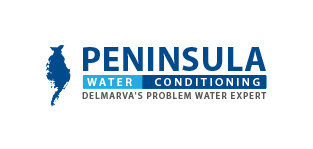
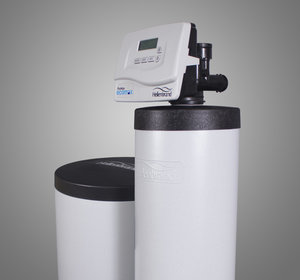
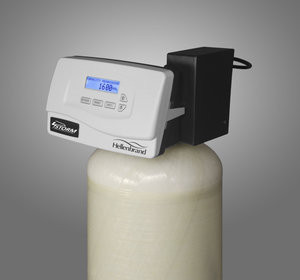
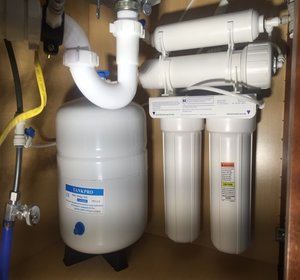
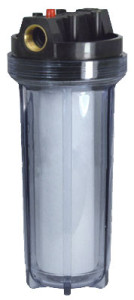
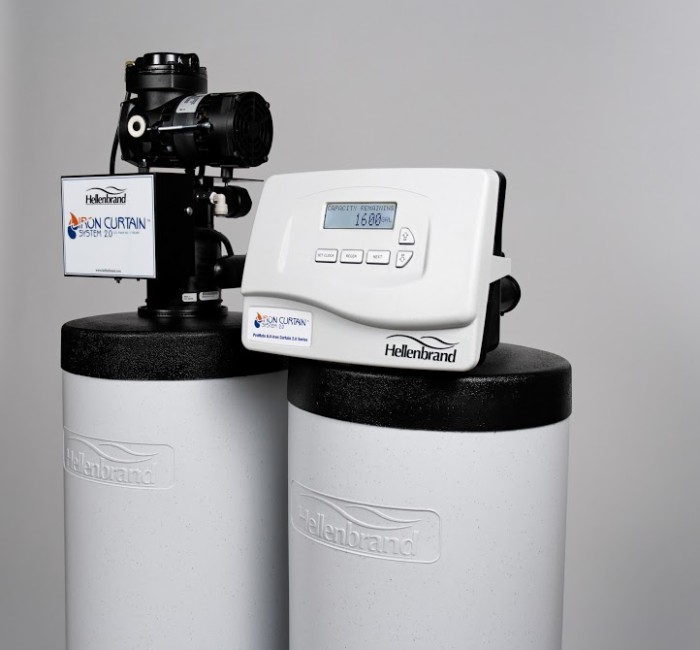
No Comments